Categories
- Argentina
- Chile
- Antarctica
- Easter Island
- Falklands (Malvinas)
- Bolivia
- Peru
- Uruguay
- Paraguay
- Brazil
- Venezuela
- Colombia
- Ecuador
- Galapagos
- Panama
- Costa Rica
- Cuba
- Nicaragua
- Honduras
- El Salvador
- Guatemala
- Belize
- Mexico
- Latin American Xmas
Pages
- Street Art of Buenos Aires
- A week in Buenos Aires
- The Jesuit Missions in South America
- Contact Us
- Map of Central America
- First week in Latin America – October 2009
- Home Page
- Map of South America
Archives
- October 2011 (3)
- September 2011 (9)
- August 2011 (10)
- July 2011 (7)
- June 2011 (6)
- May 2011 (11)
- April 2011 (10)
- March 2011 (4)
- February 2011 (5)
- January 2011 (6)
- December 2010 (6)
- November 2010 (4)
- October 2010 (8)
- September 2010 (5)
- August 2010 (7)
- July 2010 (5)
- June 2010 (6)
- May 2010 (6)
- April 2010 (7)
- March 2010 (6)
- February 2010 (9)
- January 2010 (4)
- December 2009 (8)
- November 2009 (5)
- October 2009 (2)
Northern Venezuela
18th November 2010
Heading north across the country we stopped in Ciudad Bolívar [3] an old river town on the Rio Orinoco. Outside the airport is the Flamingo monoplane that the American aviator Jimmy Angel crashed whilst attempting to land at the highest waterfall in the world – Salto Angel (Angel Falls) which he ¨discovered¨ in 1933.
.
After an all night bus to Maracay [4], avoiding Caracas, we headed on to the Caribbean Sea town of Puerto Colombia [5]. In a tarted up retired US school bus with a powerful sound system pumping out Venezuelan pop/rap a music at teeth loosening volume we raced around the corners on the narrow road which snakes across the 2000 meter high, jungle clad mountains. Puerto Columbia is a quaint fishing village with a pretty palm fringed beach framed by the tropical rain forest of the Henri Pitier National Park. We had to swim in the clear warm water, even if it was pouring rain. It´s a good setting to try Guarapita, a potent rum and passionfruit cocktail. Arepas, fried dense corn pancakes with a variety of fillings, are popular and filling snacks and taste good with salsa picante de terminta, the fiery hot sauce made from termites. The colonial village of Choroní with fine old buildings around the plaza shaded by mango trees is a few kilometres inland.
.
Nine hours and three local buses after leaving Puerto Colombia we arrived in the colonial city of Coro [6] . On the final leg, just as we were congratulation ourselves on making it through the maze of busses in 2 busy terminals, traffic on the autopista was at a standstill for kilometres ahead. Our resourceful driver quickly turned around and followed a smaller parallel road, which continued to narrow. We came to a slender fragile bridge, which the locals assured the driver he could not cross, but everyone got out and the bus raced over. Soon we were on our way again. Big bus music = no problems, no bus music = big problems!
.
Coro was founded in 1527, one of the first Spanish settlements in South America, and is World Heritage. It is clean, well kept and has many beautiful buildings and plazas in the historical centre.
.
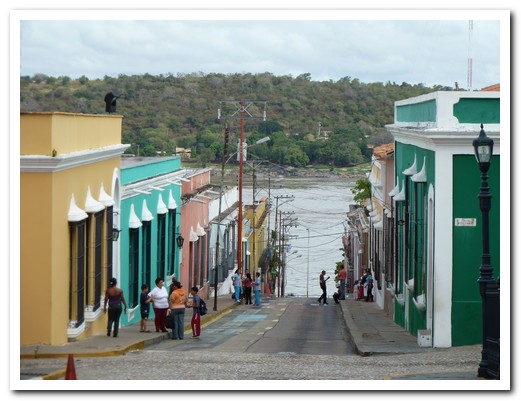
Cuidad Bolívar
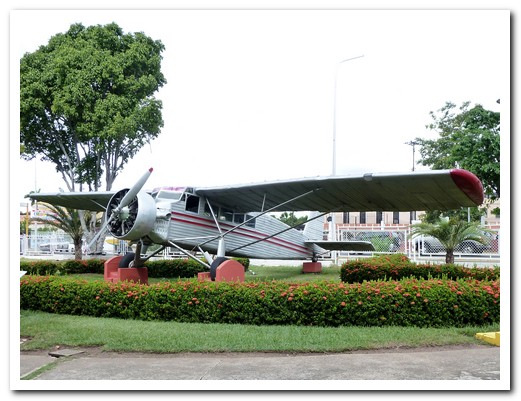
Jimmy Angel´s Flamingo
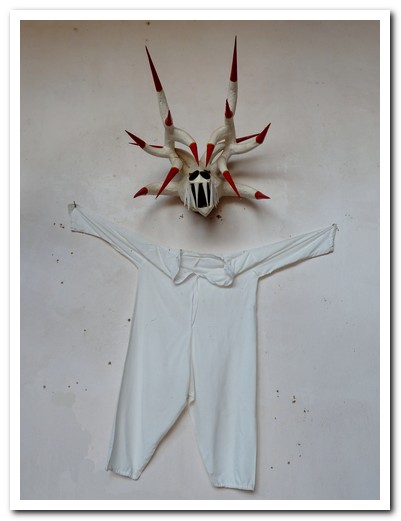
Mask for the Dance of the Devil
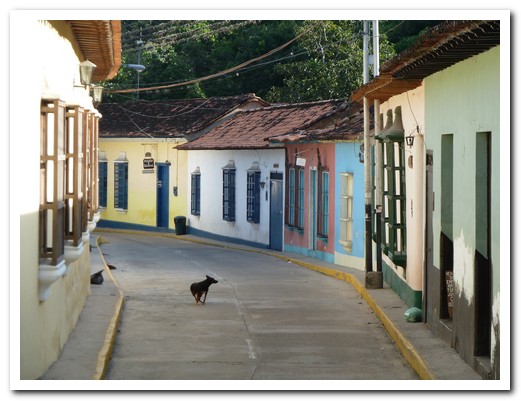
The main street of Choroní
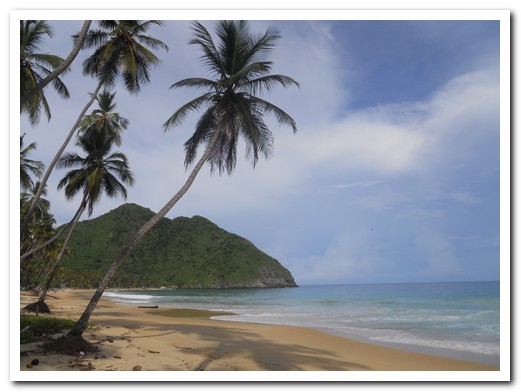
Caribbean beach at Puerto Colombia
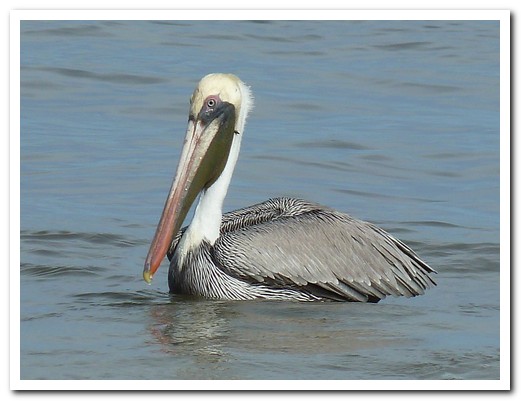
Pelican resting
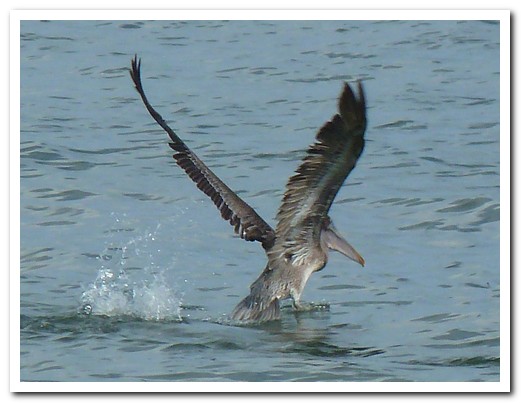
Taking off
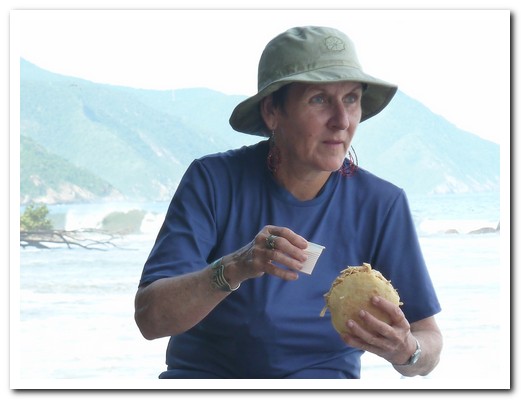
Arepa stuffed with chicken for lunch
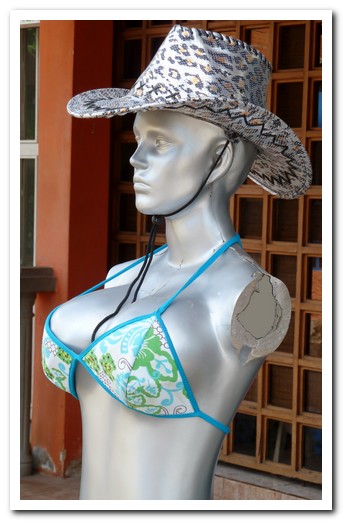
Even the mannequins have cosmetic surgery
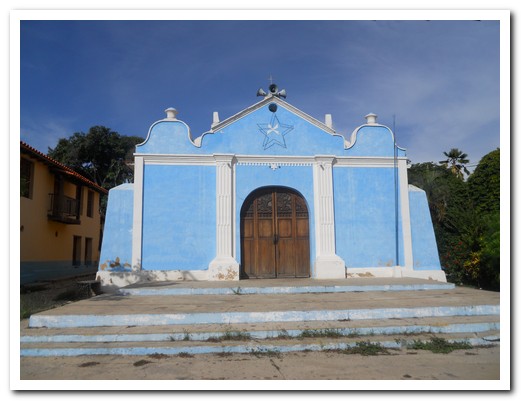
Church at Puerto Colombia
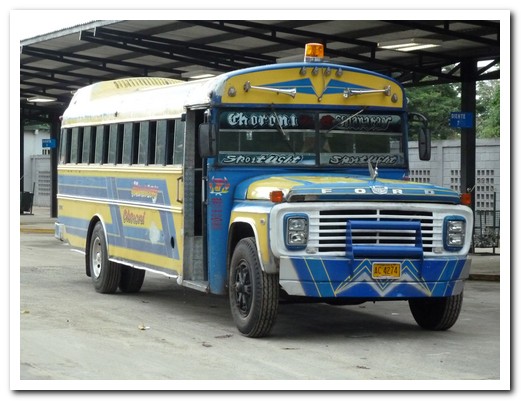
Maracay to Choroní bus
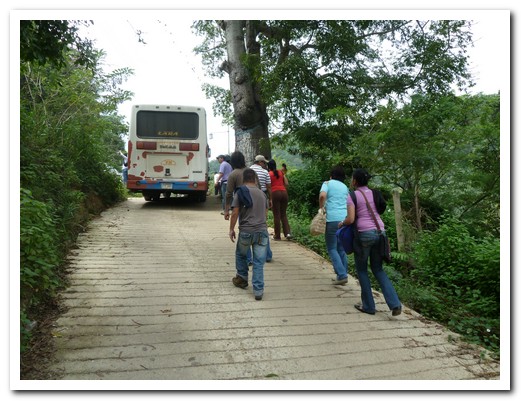
After crossing the narrow bridge, under the power lines and up the hill ...
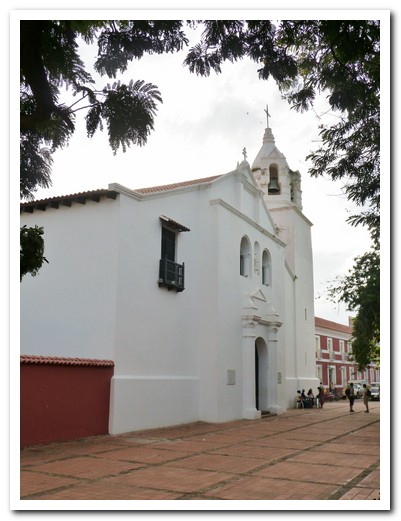
Iglesia in Coro, from 1531
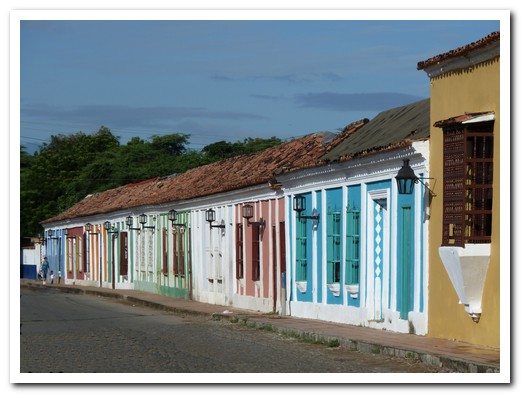
Coro - street of colonial adobe houses
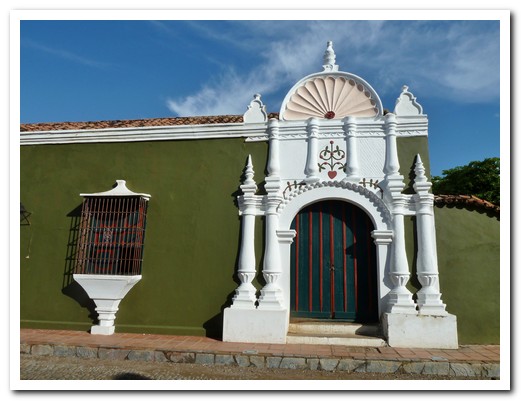
One of the old mansions
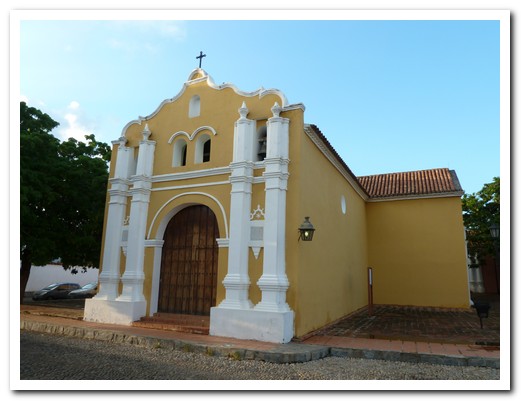
Another early church where the first mass was said in Venezuela
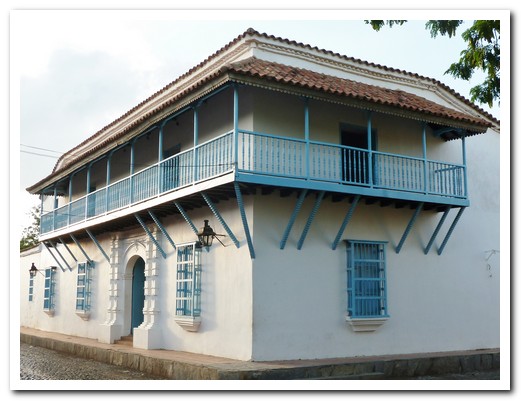
Beautifully restored verandahs
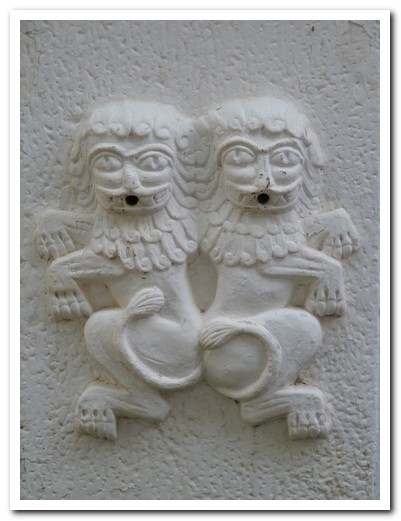
Former fountain
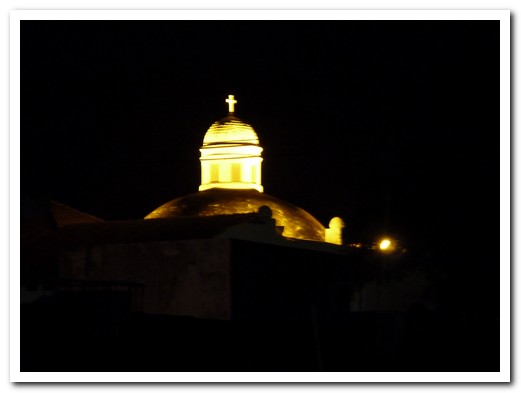
The main Coro church at night